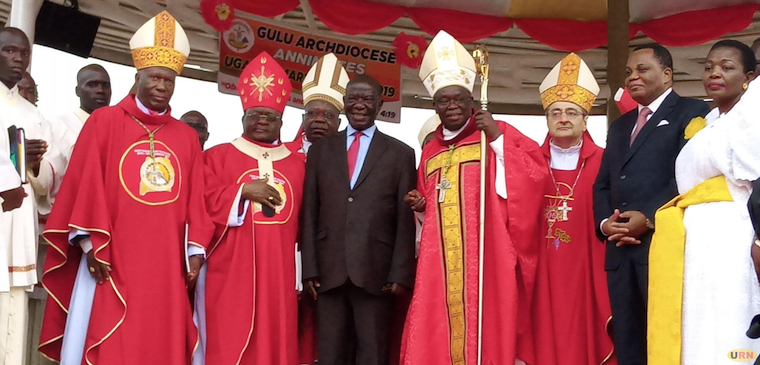
Author: Yahya Sseremba
Source: The Observer
One of the half-truths prevalent in dominant discourses is that the Europeans were driven by religion to kill each other until the secular nation-state emerged and saved them.
In line with this vulgar historical account, analysts explain the violence of Muslim actors today as the consequence of the reluctance of Islam to secularize.
Hired by the US Department of State, the International Center for Religion and Diplomacy has compiled a list of Qur’an verses and other Islamic texts that purportedly drive Muslims to kill Americans and non-believers. These kinds of narratives imply that the religious text is so powerful and its reader so powerless that it compels him to “behave” as it dictates.
The reader does not act; he is only driven by the text like a remote-controlled device. The believer is reduced to a passive object under a spell of an intoxicating text.
In the third part of our ten-article series, I point to another way of understanding the relationship between the text and the reader without entertaining such childish assumptions. This is to look at the believer as an active, not passive, reader who exercises power over the text instead of simply being at the receiving end of the text’s power.
Reading is an act of interpretation. Interpretation means that the reader gives meaning to the text. By engaging in meaning-making, the reader exercises power over the text in the sense that he determines what the text means. Thus both the text and reader shape each other instead of one side being a captive of the other.
If the believer is an active reader who interprets the text and makes meaning, it becomes necessary to inquire into the circumstances in which the believer interprets the text to justify violence. To acknowledge the activeness of the reader is to go beyond the text and examine the context (political, historical, epistemic, etc.) in which the believer produces his meaning.
Such contextualization would require analysts to take a little pause and ask: what is religious about “religious violence”?
Consider the analogy of a Muslim medical practitioner who invokes God’s name—Bismillah—as he attends to a patient and expects to please God because he treats the sick and earns a living through halal (lawful) means. Can this doctor’s practice be called a religious act?
If his practice is seen in terms of the meaning that he makes of it, namely, pleasing God for treating the sick and earning a living through halal means, it would be understandable to call it a religious act. This is partly what Muslims mean when they say that Islam is a complete way of life.
The Muslims can give Islamic meaning to any act, including bathing, smiling, and playing with loved ones. Pre-reformation Christianity was equally a complete way of life as opposed to a clear-cut fraction of life.
When scholars say that religion is a modern Western invention, they mean religion as a distinct and impoverished category alienated from other aspects of human life. I said that the actions of the medical practitioner may be called religious if one considers the meaning that he makes of them.
But if one looks at his actions in terms of cause (religion) and consequence (medical practice), then it makes no sense. To say that religion causes violence is to assume that there is a precise package of beliefs and practices called religion intrinsically different from another definite package called the secular.
A fruitful understanding would be to think of religion as a living and human phenomenon that is under continuous construction through meaning-making as opposed to something that was constructed centuries ago and exists as a sealed and obvious body.
This would allow analysts to overcome the binary between the religious and the secular and realize how the secular becomes religious and how the religious becomes secular. One can thus see how medical practice, secular as it may seem, becomes a religious act.
Like medical practice or smiling or bathing, violence can become a religious act. Instead of looking for something called religious violence as if it was a sack of potatoes kept somewhere, it would be meaningful to ask: when does violence become religious?
Such a question should take the analysts beyond the religious text to examine the world (i.e. context) with which the believer is grappling as he interprets the text.
The author is a researcher at Makerere Institute of Social Research.

